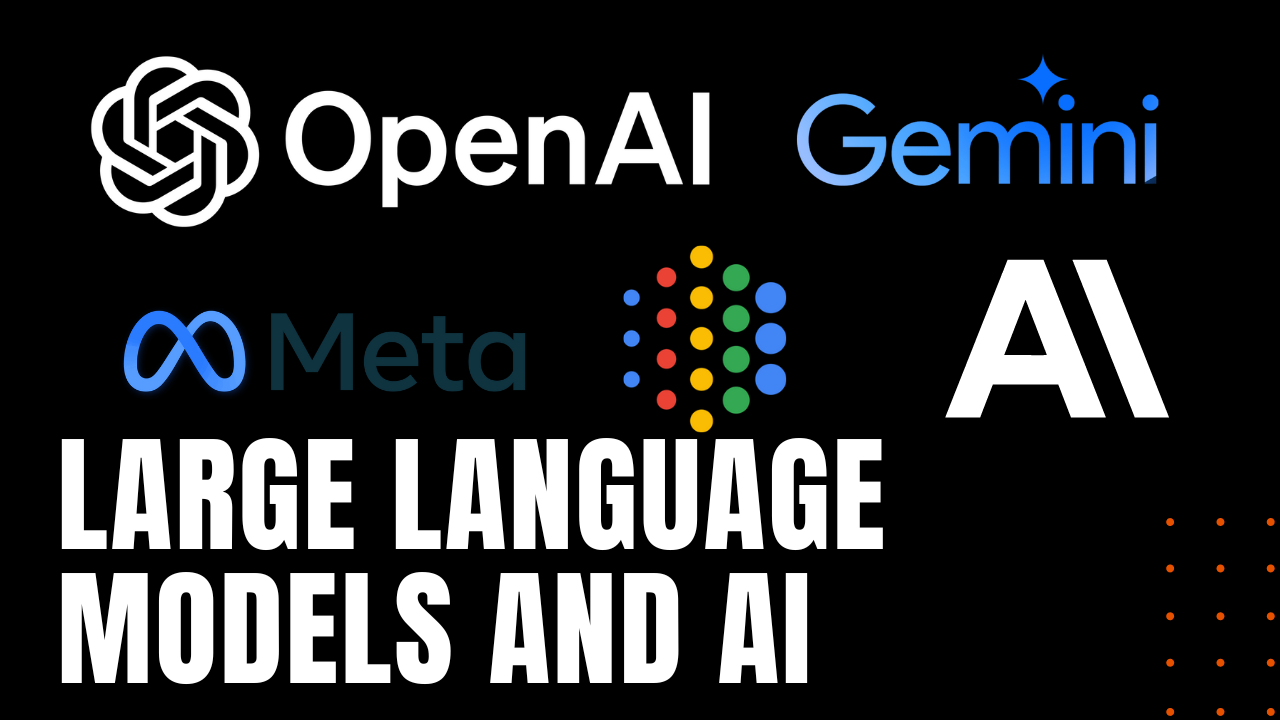Large Language Models and AI

Historically, artificial intelligence or AI had been focused on perception and understanding, until the advent of Large Language Models or LLM began training powerful algorithms to recognize, summarize, translate, predict and generate content using large datasets with hundreds of billions of parameters, effectively unlocking AI’s ability to generate human-like content, and as we’re witnessing in real time, far more than just that.
Transformer Networks
Based on deep learning architectures known as transformer networks, which consists of multiple transformer blocks made up of self-attention, feed-forward and normalization layers, the three transformer blocks work together to decipher input into predictable streams of output at a point of inference. First described in a 2017 Google paper, Large Language Models have been further perfected by two key innovations known as positional encoding and self-attention, the first allowing words and other data to be fed into a neural network in non-sequential order, while self-attention assigns a weight to each component of input data, which in turn helps neural networks comprehend the relative importance of one input over another, thereby training neural engines to pay more attention to some aspects of data in comparison to others, further assisting neural networks as they sift through mountains of data.
Forefront Capabilities
In a nutshell, the ability for neural networks to process data non-sequentially allows AI computers to decompose complex problems into multiple, smaller, simultaneous computations—an ability that was nonexistent at the time of Google’s 2017 publication. This rather insane leap forward in computational complexity is fast making itself known in such diverse fields as AI-assisted meteorology, which can more accurately forecast storms, hurricanes and typhoons, while AI’s use in computational drug design for new medicines is currently advancing decades faster than previously predicted. In marketing, sentiment analysis using AI is being employed in targeted advertising campaigns, while worker/robotic interactions in warehouse logistics is another growing application.
Applications Galore
LLM and AI has also found a home in the visualization and simulation of large engineering projects, which is rapidly reducing lead times in the design of complex physical machines and structures. Combined with CRISPR-CAS9 gene editing technology, large Language Models and AI have logarithmically sped up medical research in the fight against cancers and other diseases, leading to a conga line of promising new advances in a matter of months rather than years, making Large Language Models and AI, a revolutionary leap forward in the history of man.
